ANKARA
Ankara, formerly Angora, City (Pop., 2022, 5,747,325), capital of Turkey. Located about 200 km south of the Black Sea, it has been inhabited at least since the Stone Age. Conquered by Alexander the Great in 334 BC, it was incorporated into the Roman Empire by Augustus. As a city of the Byzantine Empire, Ankara fell to the Turks in c. 1073, but the Crusader Raymond IV of Toulouse drove them out in 1101. In 1403 it came under the rule of the Ottoman Empire. After World War I (1914–18) Mustafa Kemal Atatürk made Ankara the centre of resistance to both the Ottomans and the invading Greeks, and it became the capital of the Republic of Turkey in 1923. The modern city is the country’s chief industrial centre after Istanbul. Its history is displayed in its Roman, Byzantine, and Ottoman architecture and ruins and in its important historical museums.

The architecture of the present-day city reflects its varied history. Remains from the Roman era include a bath, the Column of Julian, and the Temple of Roma and Augustus. Byzantine remnants include the citadel and a cemetery. The square Alâeddin Mosque, with one minaret, is located near the walled citadel and dates from the Seljuq era. Ottoman buildings are numerous and include the Hacı Bayram Cami (1427–28), as well as the Mahmud Paşa market and the Kurşunlu Han, two 15th-century buildings that have been converted to house the Museum of Anatolian Civilizations. The modern city contains the huge Atatürk Mausoleum complex.
Government is the main business in the city, but Ankara is also Turkey’s second most important industrial city after Istanbul. Factories producing wine and beer, flour, sugar, macaroni products, biscuits, milk, cement, terrazzo (mosaic paving), construction materials, and tractors are well established. Service and tourist industries are expanding rapidly.
Ankara is an important crossroads for trade and forms a major junction in the road network of Turkey. The city lies on the main east-west rail line across Anatolia. Esenboğa Airport, to the northeast, provides international services.
The city is home to the Institution of Ankara (founded in 1946), Hacettepe University (1967), Middle East Technical University (1956), and Bilkent University, which was the first Turkish private university (1984). Ankara presently has 22 universities, with about 250.000 undergraduate and graduate students participating in undergraduate and graduate programs. Ankara also houses the National Library, the State Theatre, and the Presidential Symphony Orchestra.
Several of Ankara’s museums, which present a panorama of Anatolian history, are housed in renovated Ottoman buildings. The most important of these are the Museum of Anatolian Civilizations (with its world-renowned Hittite collection) and the Ethnographic Museum (with its holdings related to Turkish history, folklore, and art). The Atatürk Mausoleum contains the Atatürk Museum, which displays many of Atatürk’s personal effects.
Ankara has a cold semi-arid climate. Under the Trewartha climate classification, Ankara has a temperate continental climate (Dc). Due to its elevation and inland location, Ankara has cold and snowy winters, and hot and dry summers. Rainfall occurs mostly during the spring and autumn.
The climate in the months of July is mainly sunny, hot and dry with an average daily 24,2 Celsius centigrade and %43 humidity. On a sunny july day, the tempreture will be around 30 - 35 Celcius centigrade.
Ankara Esenboğa International Airport (ESB) will be the main transportation point. The airport is 28 km away from the city center and 35 km away from both of the university campuses.
Here are some important information about the Türkiye & Ankara;
- Language: Turkish is the language in Türkiye, but both of the universities' education languages are English, thus, most of the people will speak English if needed
- Time Zone: -2 GMT (i.e. when it is 15:00 in Rome, it is 16:00 in Ankara)
- Currency: Turkish lira (TRY), you can use credit cards every where, 1 Euro = 38 TRY as of December 2024.
- Phone Code: +90
- Emergency & police numbers: 112 (general), 155 (police)
MIDDLE EAST TECHNICAL UNIVERSITY
@metu_odtu (instagram)
Middle East Technical University is founded under the name of "Orta Doğu Yüksek Teknoloji Enstitüsü" (Middle East High Technology Institute) on November 15, 1956 to contribute to the development of Turkey and Middle East countries and especially to train people so as to create a skilled workforce in the fields of natural and social sciences. "Arrangements and Procedures as for the Foundation of METU, Law No 6887" was enacted on January 29, 1957. Finally, "Foundation Act No 7307", which sets forth the particular standing of METU and describes the conditions rendering METU as a juridical entity, was enacted on May 27, 1956.
METU as a pioneer of high quality university education in Turkey, introduced new methods and innovations in research to Turkish higher education system. In its earliest years, part of METU was located in a small building that belonged Social Security Office of Retirees at Kizilay's Müdafaa Street and the other section was located in the barracks behind the TBMM (Turkey's National Grand Assembly). In 1963, the University moved to its current campus location which is the first university campus of Turkey,
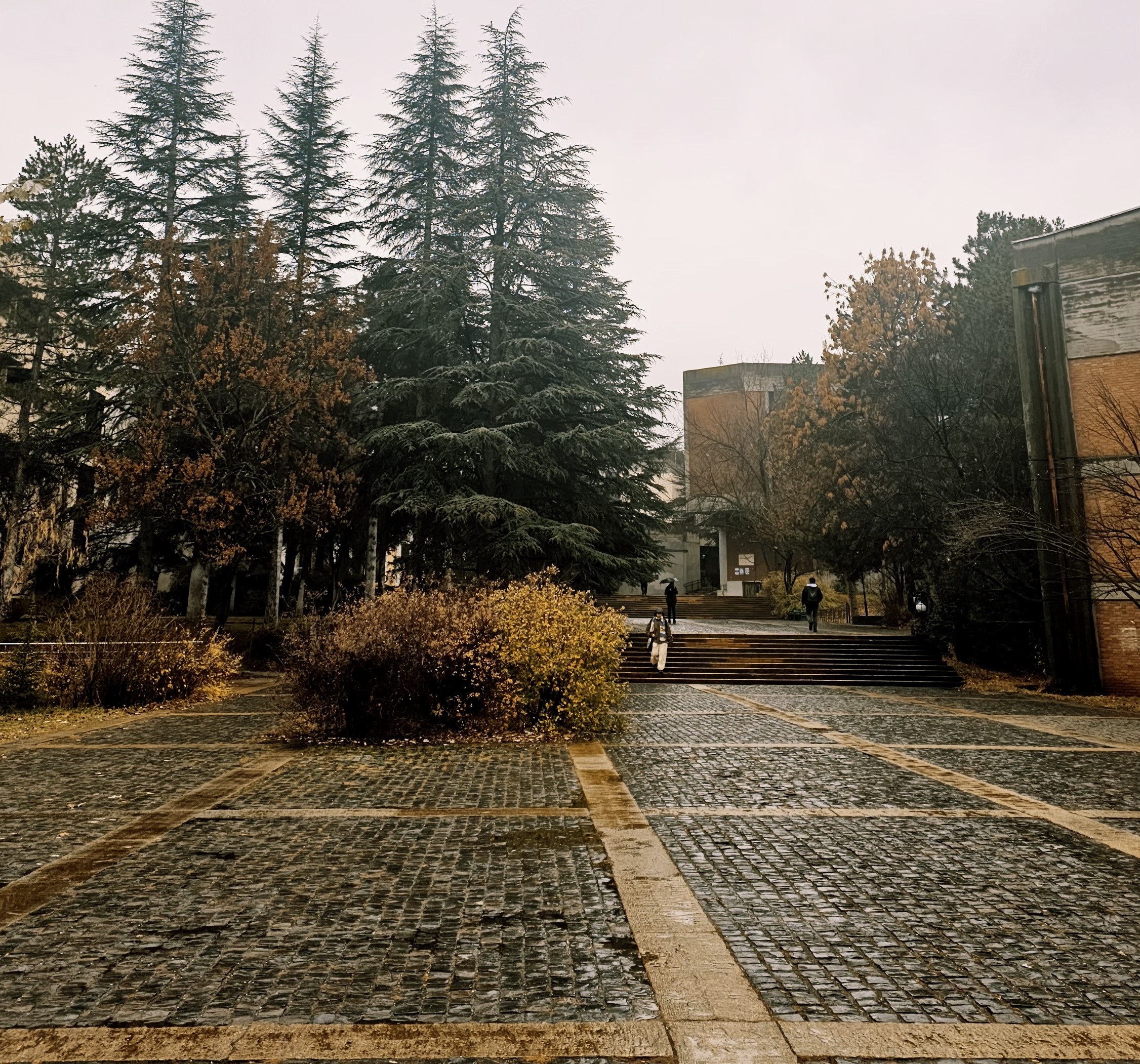
In 1956, the first academic program to start education was the Department of Architecture. Then in spring semester of 1957, Department of Mechanical Engineering launched its academic program. At the onset of 1957-1958 academic year, the Faculty of Architecture, Faculty of Engineering and Faculty of Administrative Sciences were established. In 1959, the tasks undertaken to establish Faculty of Arts and Sciences were completed. Faculty of Education launched its academic program in 1982. Today, there are a total of 41 undergraduate programs in five faculties of METU.
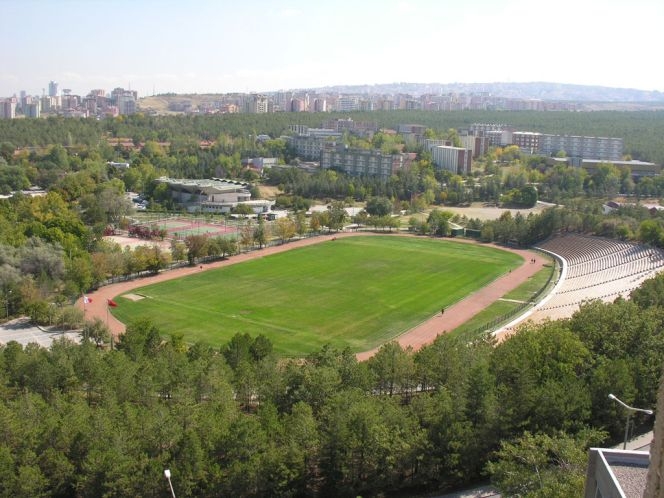
There are 107 graduate and 69 doctorate programs available in Graduate Schools of Natural Sciences, Social Sciences, Informatics, Applied Mathematics and Marine Sciences Graduate Schools. Marine Sciences conducts the academic program studies at İçel-Erdemli, together with 48 interdisciplinary programs. The language of instruction at METU is English. METU School of Foreign Languages takes the initiative to teach English to students at Preparatory School.
As a distinguished research university, METU has been committed to excellence in science and top-quality higher education since its foundation. Today, the University is proud to employ about 791 faculty (professors, associates professors etc.), 225 academic instructors and 1.273 research assistants. It is a great pleasure to offer education to over 28.000 students, 2000 of whom are international students. The total number of the alumni now is above 140.000.
METU has 45 km2 total campus area, and possess more than 60.000 m2 indoor and outdoor sport fields, more than 40 sport teams, and 17 sport communities and in total 104 student communities.
For more pictures from METU, please visit the link below:
https://www.metu.edu.tr/gallery/odtu-through-visuals
Sports Facilities at METU Campus
As mentioned, METU possess more than 60.000m2 indoor and outdoor sport and recreational areas. Namely; 1 stadium with 13.000 spectator capacity, 3 sport halls, 3 turf soccer fields, 1 synthetic pitch in soccer field dimensions, more than 15 open and closed tennis courts, several natural running fields, one boathouse in the Lake Eymir, many open basketball courts, one outdoor & one Olympic size indoor swimming pools and several other areas that open sport activitie can be performed.
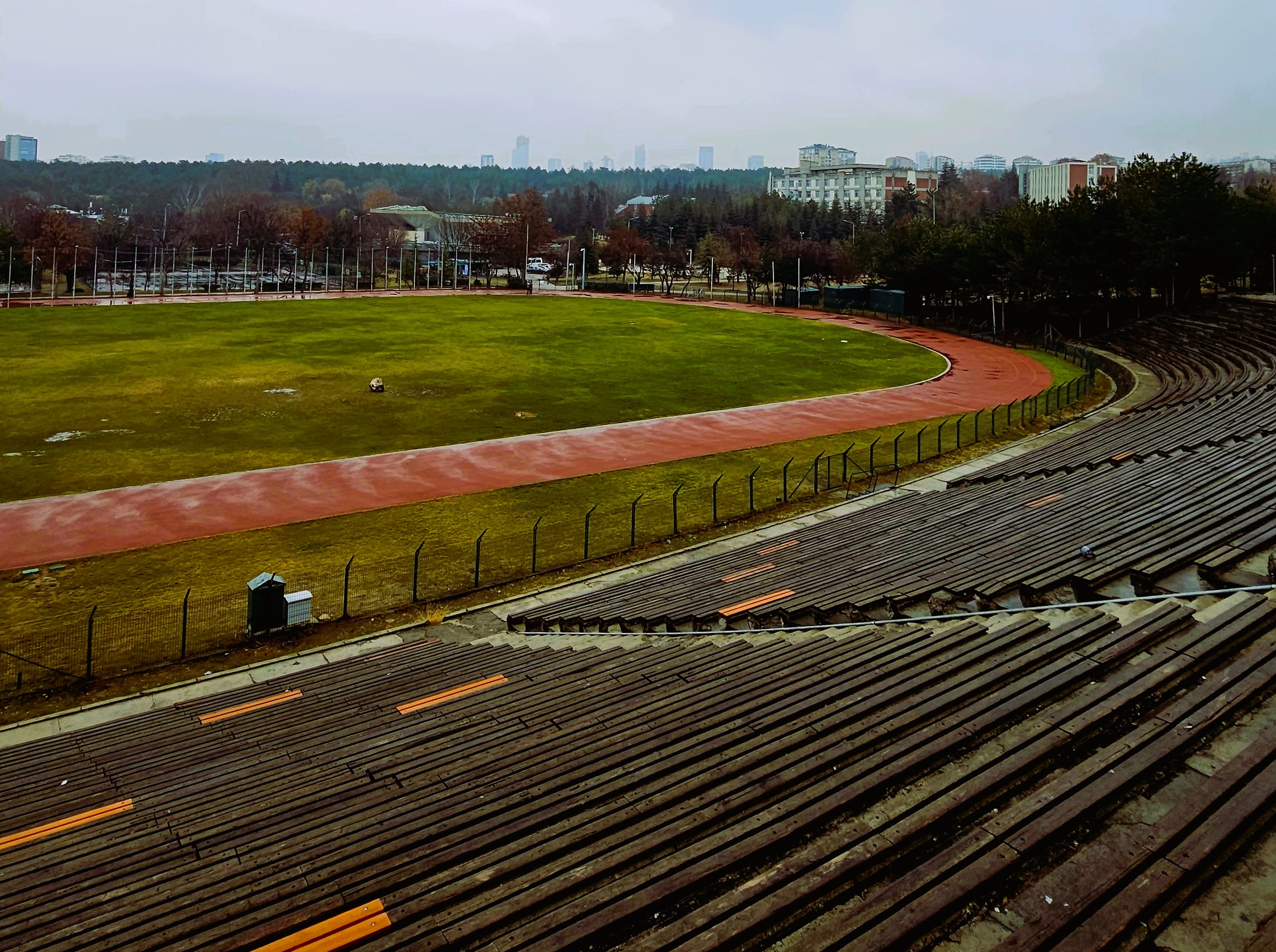
İ.D. BILKENT UNIVERSITY
@bilkentuniv (instagram)
Bilkent University was founded on October 20, 1984 by İhsan Doğramacı (1915 – 2010) through the joint resolution of the İhsan Doğramacı Education Foundation, the İhsan Doğramacı Science and Research Foundation, and the İhsan Doğramacı Health Foundation. The aim was to create a center of excellence in higher education and research. The name “Bilkent” exemplifies the founder’s aim, since it is an acronym of bilim kenti Turkish for “city of science and knowledge.” The university is located in Turkey’s capital city of Ankara.
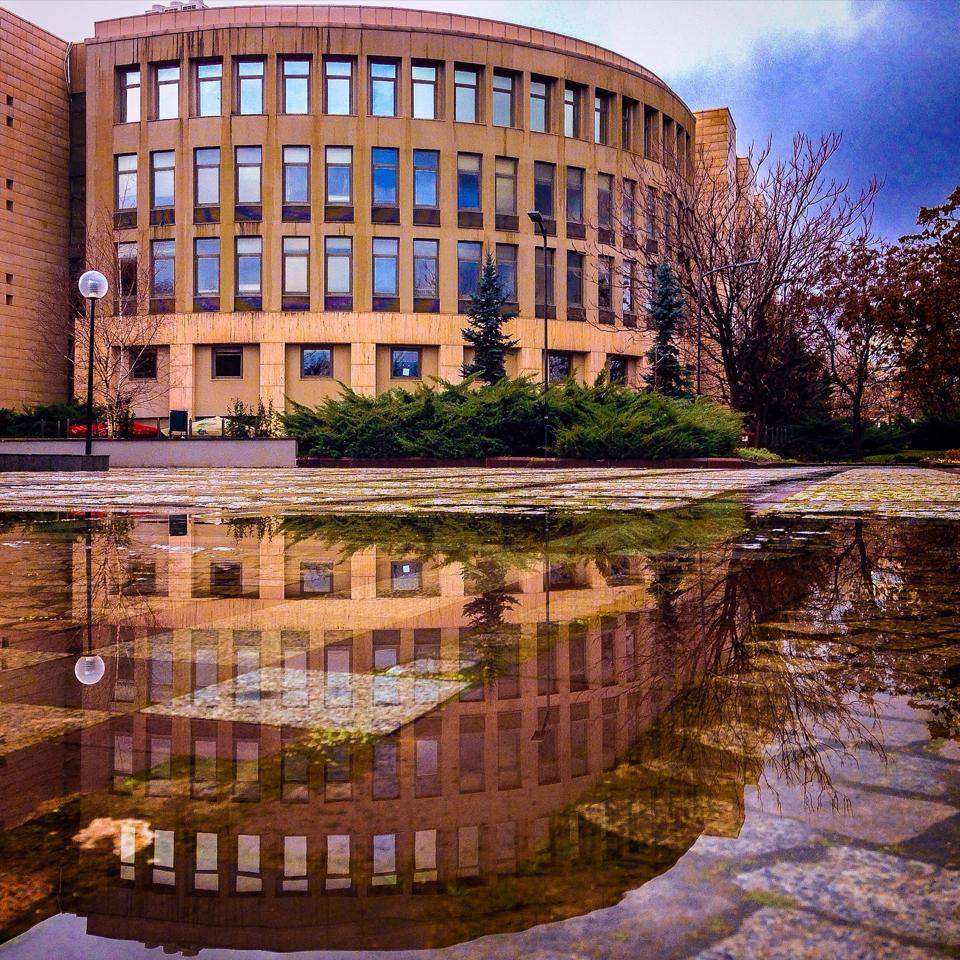
Preparations for Bilkent University had begun as early as 1967, with the purchase of a large tract of land to the west of Ankara. In the late 1970s and early 1980s the above-mentioned foundations began construction of the buildings which now house administrative offices, the Faculty of Engineering, and the library. Bilkent University Library is the most extensive academic library in the country. Construction of residences for academic staff, cafeterias, student dormitories, the Student Union building, and various academic buildings followed in rapid succession.
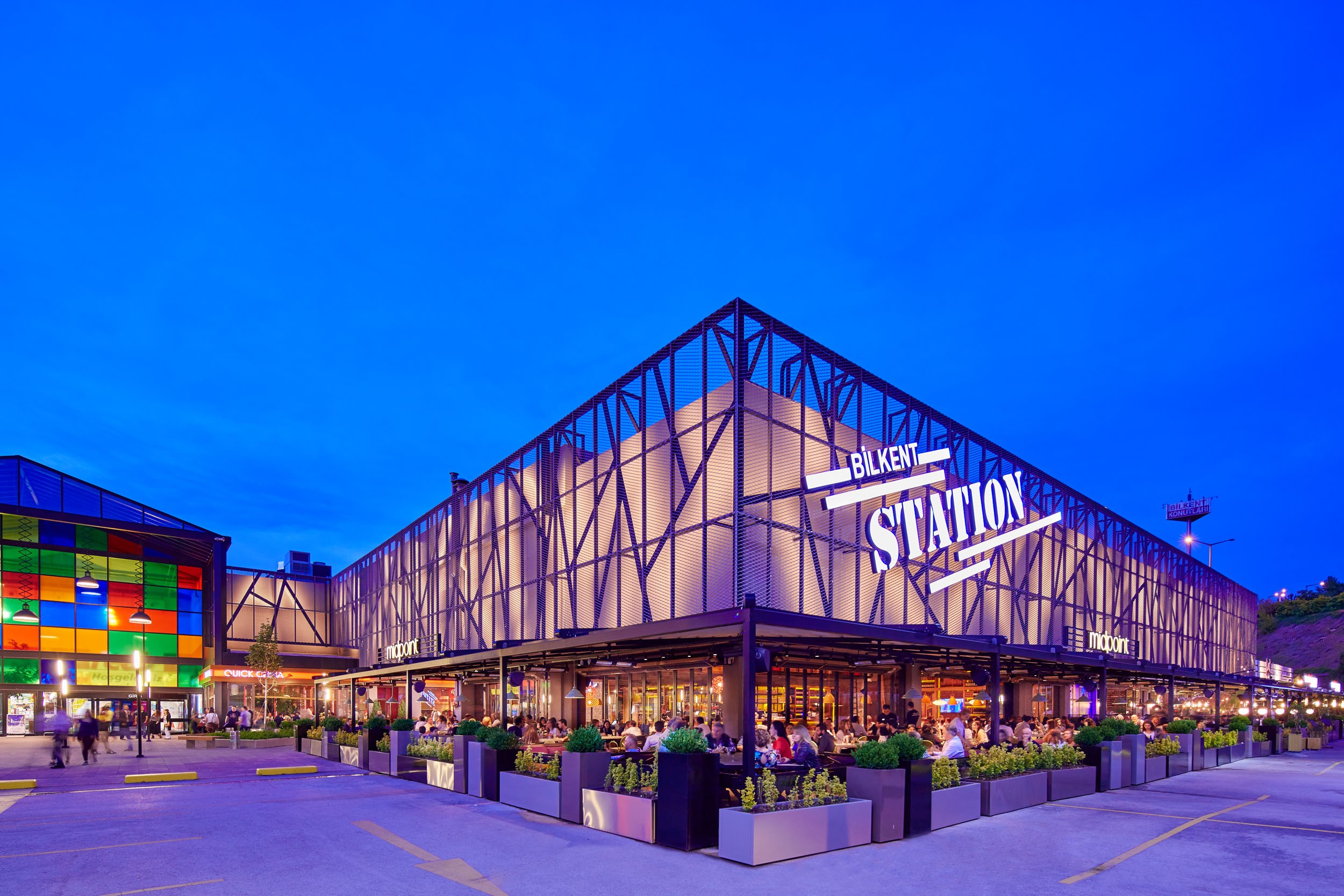
Bilkent University admitted its first students in 1986. That year there were 386 undergraduate and graduate students. Currently there are over 12,000 students in ten faculties and three graduate schools. Among them are international students and exchange students from 60 countries. Around 64% of the student body benefit from a variety of scholarships.
To meet the expanding needs of the university, construction has continued throughout the years since the admission of the first students. Buildings and facilities today include the faculties and the departments, research centers, modern classrooms, state-of-the-art science and engineering laboratories, art studios, the Computer Center, the Health Center, gymnasiums and a semi-olympic indoor swimming pool, dormitories, faculty housing, cafeterias and restaurants, the Bilkent Concert Hall for Bilkent Symphony Orchestra, the Odeon outdoor auditorium which hosts 4,000 people, an elementary school, a secondary school, a preschool and nursery.
In an effort to promote the enrichment of teaching and research programs, Bilkent University has entered into collaborative projects and exchange programs with many universities. The faculty is comprised of academic staff from over 37 different countries. Most of them were working in promine
nt universities in North America and Europe when they received offers from Bilkent University. According to ISI Citation Indexes, Bilkent ranks high among universities in Turkey in the number of published papers per faculty member.
With world-renowned scholars among its faculty and top-notch facilities throughout its campus, Bilkent continues to attract many of Turkey’s brightest students and is proud of its 55,000 alumni pursuing successful careers in five continents.
https://w3.bilkent.edu.tr/bilkent/about-bilkent/
Sports Facilities at İ.D. Bilkent University Campus
There are 2 big sports halls within the campus, the one nearby the dormitories possesses; basketball/volleyball court, archery poligon, fitness center, group exercises studios, squash courts and swimming pool. The other one is the main sports hall, which includes basketball/volleyball court, fitness & conditioning room, group exercises studio and table tennis rooms. In addition to the sports hall there are outdoor sports facilities like tennis courts, mini football fields, olympic size grass football field (where the rugby games will be held), and outdoor basketball & volleyball courts.
.jpg)
